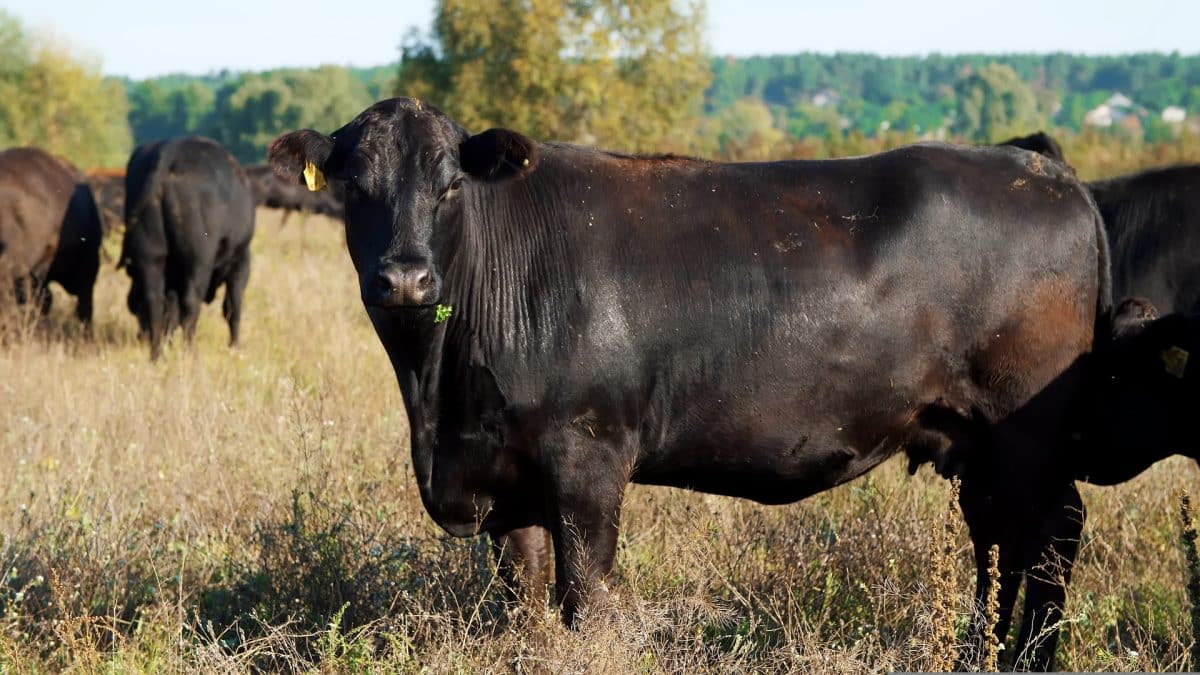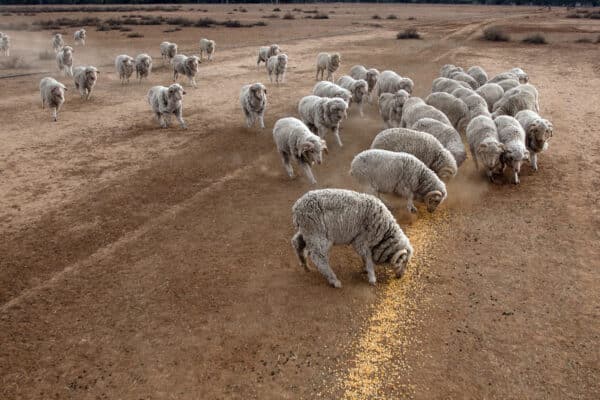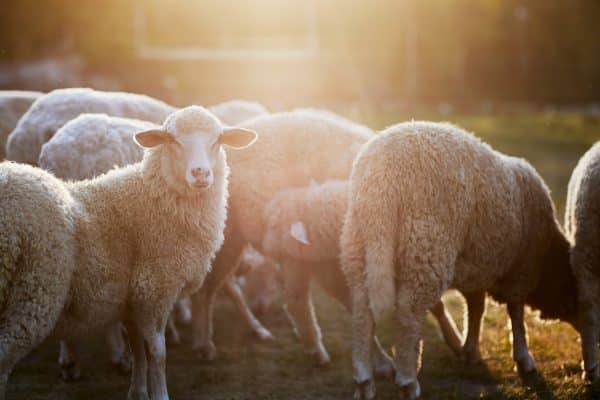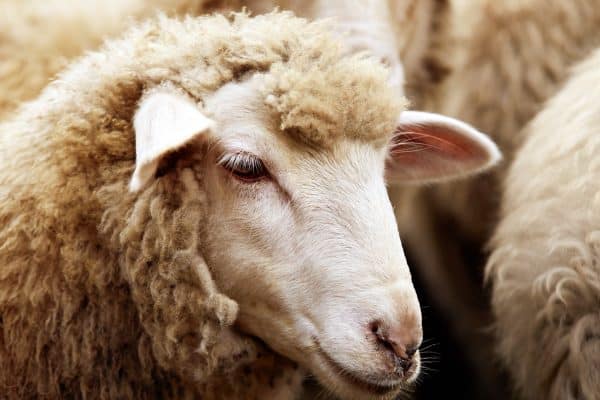Efficient utilisation of dry feed can make a dramatic improvement in the bottom line of any business. Allowing animals to eat dry standing feed and giving them the necessary supporting nutrition to increase their ability to convert these high fibrous feeds into meat, wool or milk for calves and lambs is beneficial.
While the benefits of supplementation on dry feed are significant the practical management needs to ensure attention to detail, as there are risks associated with these programs.
One of the biggest limiting factors for animals while consuming this hard dry feed is the decrease in available protein. Sourcing and supplying protein to fill this gap can be an expensive exercise. Commonly the cheapest and most readily used protein source used for dry feed supplementation is Urea. Urea is known as a non-protein nitrogen, microbes in the gut take this nitrogen and utilise it as a protein source for themselves. In turn these bugs eventually die and the remaining dead bugs become the protein source for the animal, known as microbial protein. While this is a highly efficient process, urea is an extremely volatile product and if not managed correctly can be deadly to livestock.
Below is a series of practical tips to help manage dry feed supplementation:
- Supplementation is supplying small amounts of concentrated nutrients. Ensure adequate feed on offer is available. Low levels of feed on offer leads to the overconsumption of supplements, which increases the risk.
- Moisture increases the risk of issues when supplementing with urea. Any “free” water that lies on top of supplement after rain or heavy dew can be deadly to livestock if drunk.
- Ensure troughs freely drain
- Do not allow supplement to get wet if rainfall is imminent
- Inspect supplements if it has been rained on to minimise risk.
- Introduce slowly, Put out a lower urea content lick for the first 7 days
- Don’t put more than 3 days worth out at one time
- Allow at least one “trough” per 20 cows or 50 sheep. Increased access helps to minimise “gorging”.
- Educate stock to licks prior to using urea. Supplementing when it is green is also a very profitable decision; these licks do not contain urea.
- Do not use urea supplements if green feed is available.




